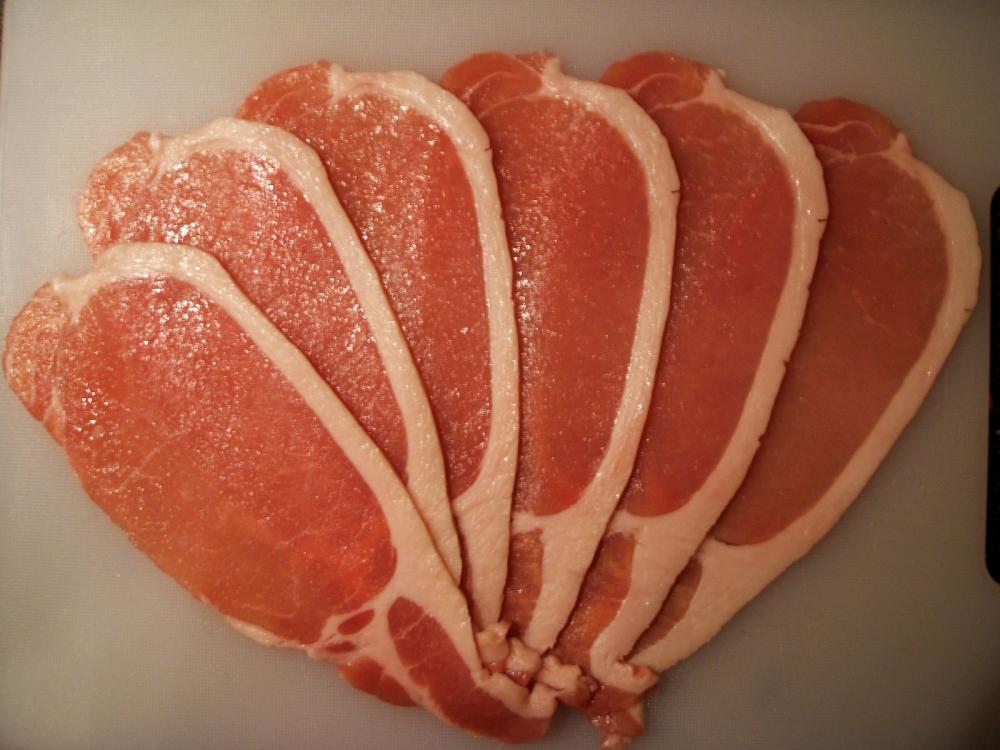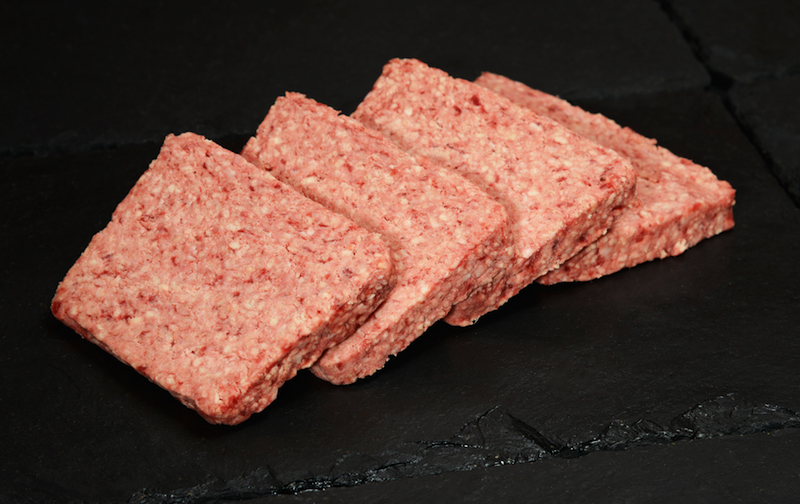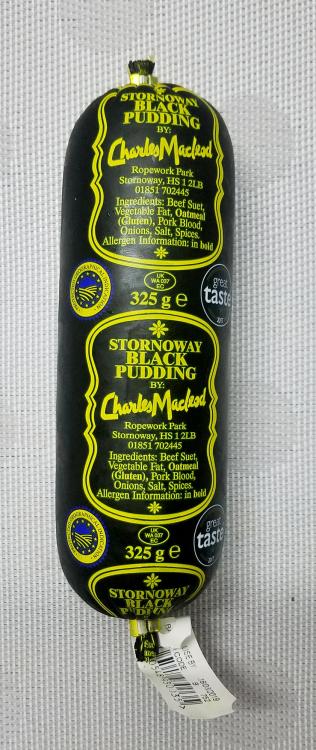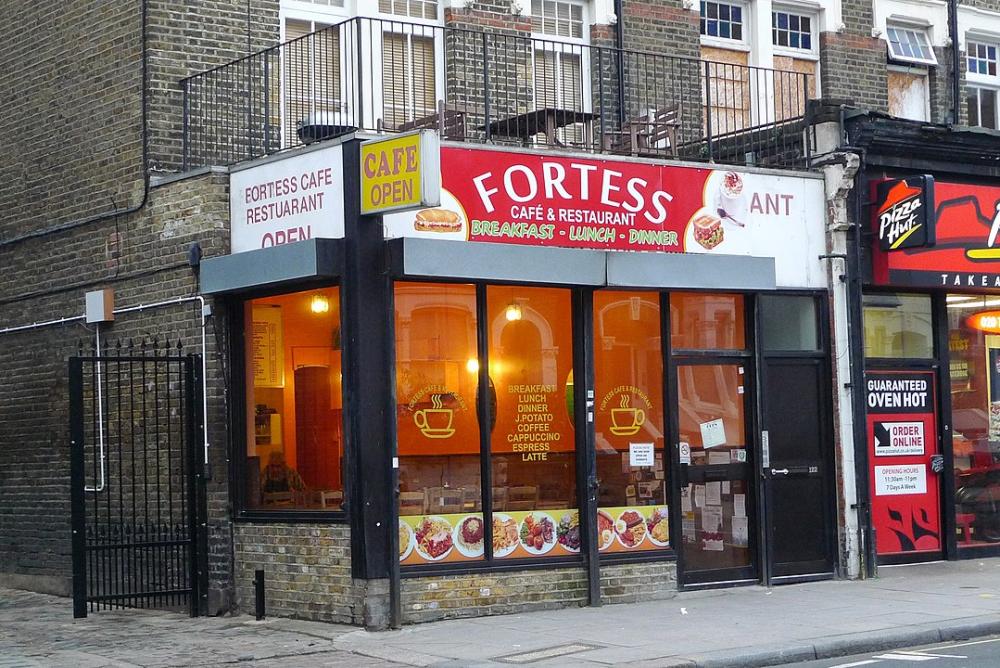4. Breakfast Time
"Full English Breakfast" - image by Joadl; licenced under CC BY-SA 3.0
Large breakfasts have been a tradition in Britain since the 1300s. Over the centuries, they have slipped down the hierarchy from being exclusively enjoyed by the aristocratic classes, through the aspiring middle classes and finally landing on the working classes. Well, not quite finally, as we shall see.
Back in the day, the aristocrats would have huge feasts for breakfast before heading out in the cold to shoot innocent mammals and birds for their amusement. Occasionally, they would shoot each other, too – not often enough, in some people’s view.
The immoderate size of the morning meal served two functions. First, it set one up for a long day trekking across the windswept moors slaughtering almost anything that moved, edible or not.
Quote“The unspeakable in pursuit of the uneatable”
Oscar Wilde (1854 – 1900)
Secondly, it was a way of showing off one’s wealth. The more lavish the breakfast, the more elevated you must be! Ingredients would include not only the now common bacon, sausage and eggs etc., but also pheasant, lamb or calves kidneys on toast, pigs’ cheeks, collared tongue, kippers, pork pies etc.
By the 19th century and the Industrial Revolution, the aristocracy was in decline. Money was now more and more in the hands of a rising middle class of industrialists and traders.
They were largely a conservative bunch who adopted the ways of their perceived ‘betters’, taking over the role of preserving the traditions of the glorious past. They acquired the houses, country estates, guns and servants and continued the tradition.
WWI saw the beginning of the end of big houses full of staff to pander to every whim of the owners. WWII saw the end almost completely. The large breakfast then became the property of the working classes and became more standardised. Back bacon, sausages, baked beans, fried tomatoes, mushrooms, black pudding and fried or toasted bread (sometimes both), accompanied by a pot of tea. Seldom coffee.

Back bacon - Public Doman image
Incidentally top tourist tip: Never refer to sausages as “bangers” unless you are referring to the dish “bangers and mash”. Saying something like “Can I have two bangers with my breakfast, please?“ will be met with howls of laughter. Not that people won’t know what you mean; but we never use the word outside the title of the specific dish, about which I will mutter later.
There are, of course, many variations, especially regionally. People today talk of the full English, full Scottish or full Irish, but they are all basically the same. The Scottish breakfast often additionally includes haggis, Lorne sausage, white pudding or fruit pudding, while the Irish usually has soda bread and/or potato scones. (incidentally, in Northern Ireland, the meal is called an Ulster Fry. And often colloquially, in the rest of Britain, just called a "fry-up".)

Lorne Sausage - Public Domain image
These breakfasts were normally served in cafés or caffs as they are often called in London. And not only at breakfast time. You still see cafés with signs offering “all-day breakfasts”. So, although some remain, most of these places have long gone. With the decline in manufacturing in Britain since the mid-20th century, the need for the calories of the large breakfast before a hard day’s manual labour has largely gone. Also, both a growing awareness of the health issues relating to fried food yet at the same time an increase in Fast Food chains has had a huge effect on their viability as businesses.
The last time I ate anything like a full breakfast was about 40 years ago in this café in North London. No, I don't remember precisely what I ate.
Image by Ewan Munro; Licenced under CC BY-SA 2A
Today, some of these remaining cafés still offer “full breakfasts”, but few people actually order them. Instead they will choose a “pick and mix” breakfast, selecting two or three items out of the full Monty. So, I might have bacon, sausage and egg while my friend may go for black pudding, egg and beans.
Partial "full" breakfast. Black pudding, egg and beans, for some reason served with bread and butter ratherthan the uwsual fried fried or toast. I forget why.
Look on YouTube and the like and you will find scores of videos entitled something like ”10 dishes you must eat in England” “England” may be replaced by “London”, “Scotland” etc. What is interesting is that these so-called influencers have their near identical lists of clichés and all end up going to the same places which they have heard about from the last person to post a video. There are some times queues of influencers! It is amusing (for all the wrong reasons) to watch these clowns attempting to eat their massive breakfasts while spouting nonsense about its history or even about exactly what they are eating.
Alternatively they go to places which only really cater to tourists and serve breakfast with strange additions, but missing traditional items. Hash browns are American and chips do not belong on a “full English” and are only added by bad restaurants to fill the diners up as cheaply as possible.
There are a number of these people who go to one expensive chain steak-restaurant in London, thinking it’s a typical example of the real thing. The breakfast comes with things such as roast beef marrow and pork chops in addition to the usual. And they serve home-made baked beans. Only canned Heinz beans made to the British recipe are permitted by law! They were introduced to the UK in 1886, shortly before Victoria’s death and almost immediately joined the new standard in the new Edwardian reign.
These additional items are what were part of the traditional pre-Victorian breakfast but which disappeared from the dish in the early 20th century. The YouTube people don’t realise that this is atypical and explain that this is what the English working man eats every morning. Utter bilge.
There is one bad-mannered idiot who goes around London totally misunderstanding everything he sees and eats, yelling at people in what he imagines to be a “London accent” and making sexist remarks to young women walking past. The cretin should be deported – from the planet!
I’ll visit some more of the YouTube “top 10 type British foods” over the next few days. Some will be pleasant; many less so.






